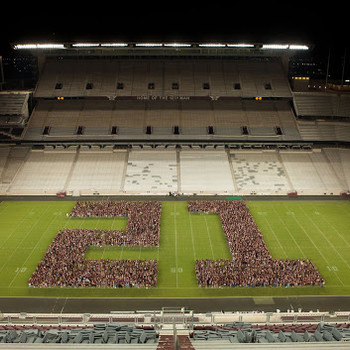How do you simplify #\sqrt (z^34)#?
3 Answers
Explanation:
Divide the index by the root you are trying to find.
You can see why this is true if you write two identical factors under the root:
Explanation:
Note that:
#z^17 * z^17 = z^(17+17) = z^34#
So
Note also that:
#(-z^17) * (-z^17) = z^34#
So
The expression
So to choose the non-negative square root we can write
If we are told that
Complex footnote
If
If we are using the usual definition of
It is possible to express a suitable condition in terms of
Explanation:
A square root can be rewritten as a base to the power of
Then we use the identity
so



